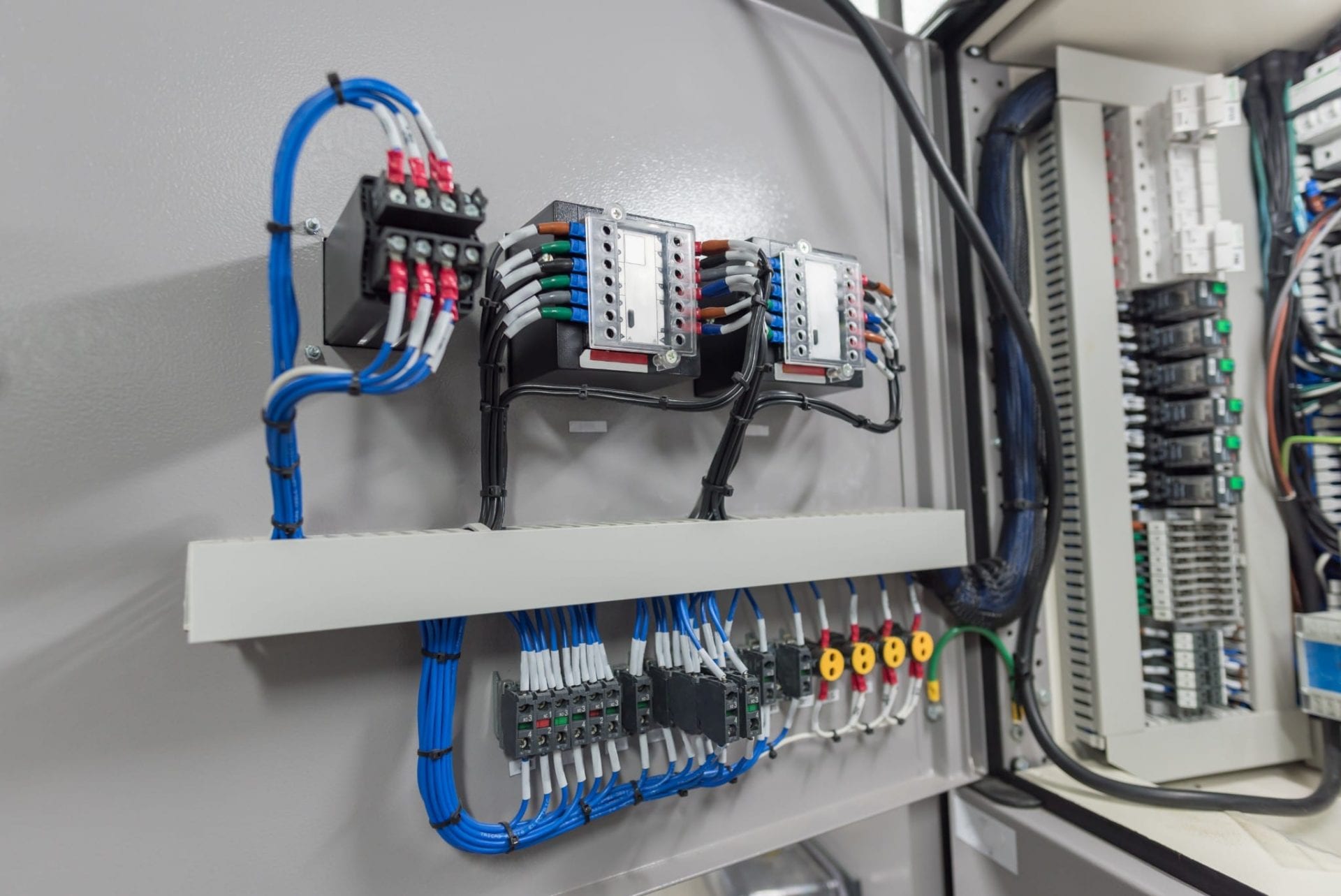A Step-by-Step Beginner's Guide to Electrical Wiring

The electrical wiring is an essential element of every home and understanding it is crucial for each homeowner. Not only is it helpful to ensure the efficient functioning of your home however, it is critical for your safety. In this article, we’ll discuss the basics of electrical wiring as well as the importance of security as well as the benefits of hiring an accredited residential electrician for all electrical wiring needs.
Understanding the fundamentals of electrical wiring
The electrical wiring refers to the system of electrical conductors which run through your house, delivering electrical power to your appliances as well as lighting fixtures. It is formed by electrical circuits which connect the power source with your gadgets. Circuits for electrical power are comprised of switches, wires, and other electrical components that work together to create a safe and reliable electrical system. There are various kinds of electrical wiring, such as copper, aluminum, and wire insulation types such as PVC or rubber.
Preparation and planning for electrical Wiring
Before you install an electrical wire, you must consider several things to think about, including the type of wiring you require, the power capacity of your electrical system and your power requirements. It is also important to know about electrical rules and regulations for wiring as well as the permits needed in your locality. To be prepared for electrical wiring, create an electrical plan and evaluate your electrical requirements. This will help to ensure your wiring system is secure, efficient, and meets your power requirements.
Materials and Tools Needed for Electrical Wiring
When installing new electrical wiring, it is important to have the proper tools and materials available. Essential tools include strippers, wire cutters, pliers, as well as an electrical voltage tester. Other materials needed for wiring electrically are electrical tape, wire nuts conduit and electrical boxes. It is also helpful to be equipped with a wiring diagram to help you with the installation process.
Step-by-Step Guide to Electric Wiring Installation
Installation of electrical wiring can be a complex process, but with the right equipment and the right knowledge you can do it safely and efficiently. Here’s a step-by step guide to installing new electrical wiring at home:
Shut off the power source to the area in which you’ll be working.
Plan the wiring layout and mark the location where the wiring will be installed.
Install electrical boxes and conduit where necessary.
Cut and strip the wires until the appropriate length.
Make sure you connect the cables to your devices or fixtures that you’re wiring.
Connect the wires using the wire nuts or electrical tape and conduit straps.
Examine the wiring to confirm it is functioning properly.
In the process of installing, it is important to follow the best wiring installation techniques and guidelines. Also, be aware of the common mistakes to avoid when installing electrical wiring for example, over-loading the circuits of wires that are damaged and using the incorrect kind of wire for the job.
Troubleshooting Electrical Wiring Issues
Even with careful planning and installation, electrical wiring issues can develop. The most frequent issues are wiring damages, circuit overloads and electrical shorts. To resolve these issues, it is important to be aware of the most common electrical wiring issues and be aware of how to safely and effectively tackle the issue. Additionally, it is critical to adhere to electrical safety guidelines when troubleshooting electrical wiring issues including shutting off the power and wearing appropriate protective gear.
Conclusion
Understanding the the electrical wiring inside your home is vital to your safety and for the proper operation that your electric system provides. It is important to hire an authorized electrician to make sure your wiring is installed and maintained in a proper manner. We at Local Electrician Bondi, we provide a range of electrical services, including electrical wiring repair and installation. Call Local Electrician Bondi at 1300 941 876 to discuss all your electrical wiring needs.
Electrical Wiring FAQ
Here are some frequently asked questions about electrical wiring, along with additional safety tips and best techniques for electrical wiring repair and installation:
What type of wire should I choose to wire my electrical circuit?
The kind of wire you choose to use for electrical wiring is contingent on your specific needs and the local building codes. It is important to use the appropriate gauge of wire, insulation type, and wire materials to ensure the safety and efficiency for your wiring system.
Do I have the ability to put in my own electrical wiring?
While it is possible to build the wiring yourself, it’s essential to have the proper knowledge and experience to complete the task in a safe and efficient manner. In most cases it is recommended that you hire an experienced electrician to ensure that the wiring is set up and maintained in a safe and secure manner.
How often should I inspect my electrical wiring?
It is suggested to have your electrical wiring inspected every 10 years or whenever you spot signs of electrical problems, such as frequent circuit breaker trips or electrical shocks.
What do I do if find electrical wiring issues in my house?
If you spot any electrical wiring issues in your home, for example, flickering lights or outlets that don’t work, it’s crucial to address them immediately. Shut off power to the affected area and call a licensed electrician to determine and fix the problem.
By following these suggestions and best practices, you can ensure the electrical wires are safe and working correctly. Be sure to put safety first and seek out a licensed electrician in the event of a need. Reach out to Local Electrician Bondi at 1300 941 876 to discuss all of your electrical wiring requirements.
